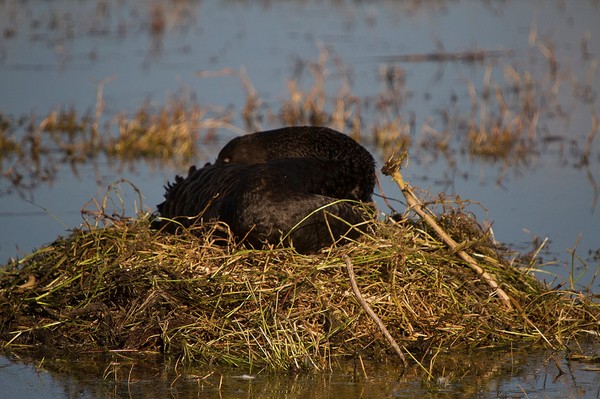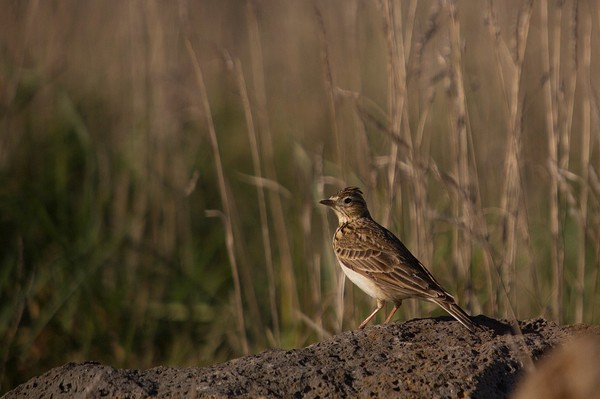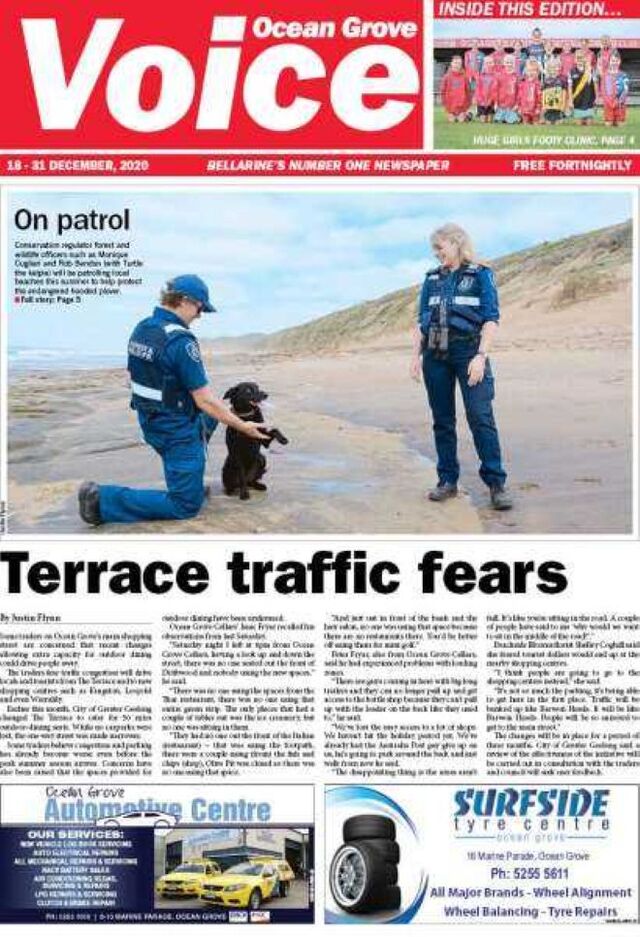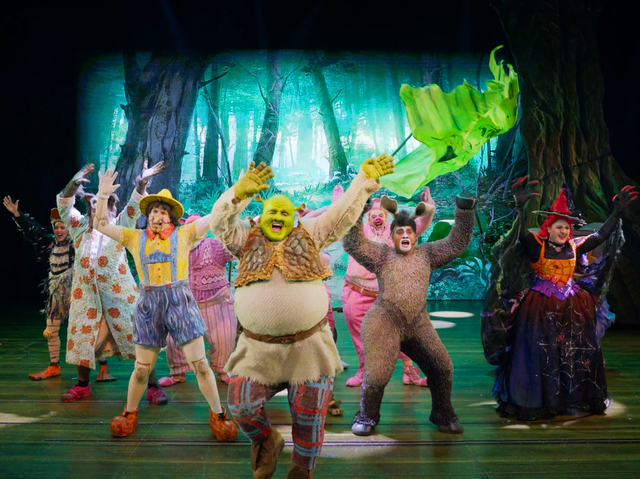It’s been a busy few weeks for me, and combined with the wet weather over the past week I haven’t been out and about much at all.
It’s been lovely to experience some decent winter rain after a very dry July.
The spiny-cheeked honeyeaters have moved on from my garden, and are no longer waking me up every morning. Instead there’s been a small flock of red-rumped parrots on the windowsill in the mornings, and they have been checking out the nesting boxes that I’ve popped in the tree outside my window, so hopefully they will nest in the spring.
Speaking of nesting I’ve seen many masked lapwings nesting around the local area. These birds defy the cold and lay eggs in winter, on a nest formed by a scrape in the ground, on spare blocks or roundabouts or in any open space they can find. They are very determined to protect their eggs and hatchlings, and can swoop in an aggressive manner, but it’s important to realise that it’s such a struggle for survival for the chicks and the birds won’t actually connect with people, unlike magpies.
I did have one day out where I ventured to the Western Treatment Plant. I’ve been trying to spot a new bird (for my list) called a Lewin’s rail, and haven’t been successful as yet. On a beautiful, clear, cold winter’s day I managed to spot around 50 species of birds, the highlights being a little egret, a flock of six blue-winged parrots and a fledgling black-shouldered kite that was being looked after by two very attentive parents. I also saw some black swans building nests, and thought to myself that swans are really commonly seen and under appreciated in their beauty and resilience.
I also had a pretty good view of a Eurasian skylark near Kirk’s Point. The skylark is a bird that was introduced to Australia from Britain in the 1850s. The upper parts of the skylark are brown with strong dark streaks to the feathers. It has a pale eyebrow and ring around the cheek. The skylark has a crest at the top of the head and the upper breast is boldly streaked, with pale underparts. The outer two feathers on the tail are white.
Skylarks strongly resemble Australasian pipits and the horsefield’s bushlark, and they are found in similar habitats, with these species of birds being well-camoflaged ground dwellers. However the pipit and bushlark both lack the skylark’s small crest (which can be seen in the photo).
On the way home from the Western Treatment Plant I made a snap decision to drive home via my little purple patch of Curlewis. This was a grand choice. As I turned the corner towards my purple patch I saw a large flock of birds circling a paddock, and I thought they were straw-necked ibis at first glance (when one is driving it’s important to look at the road rather than up at the sky, one thinks). After I subsequently stopped the car I had a better look and realised that the birds were raptors. I hadn’t seen a collective group of so many raptors since a visit to FNQ a few years ago when the cane fields were burning.
In Curlewis a farmer was ploughing a field in his tractor, and the raptors were circling, looking for dinner in the bare fields. I counted 10 whistling kites and 15 black kites. Just when I thought things couldn’t get much better I noticed a young wedge-tailed eagle being pursued by a brown falcon.
If a raptor a day keeps the doctor away I will be very well for at least the next month.
I noticed on the Geelong Field Naturalists bird observation list that around 60 hardhead ducks were seen at Blue Waters Lake last week. This is a fabulous number of these beautiful creatures, as they are listed as vulnerable in Victoria.
Happy winter bird watching to all.
– Jen Carr, jennifer,carr6@bigpond.com
Between the cheeky and the chilly
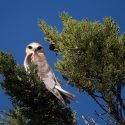
Digital Editions

-

Volvo’s fully EV future
Volvo has been given a hand-up to total automotive electrification in a big way by its bosses at Geely, the Chinese automotive group that is…


